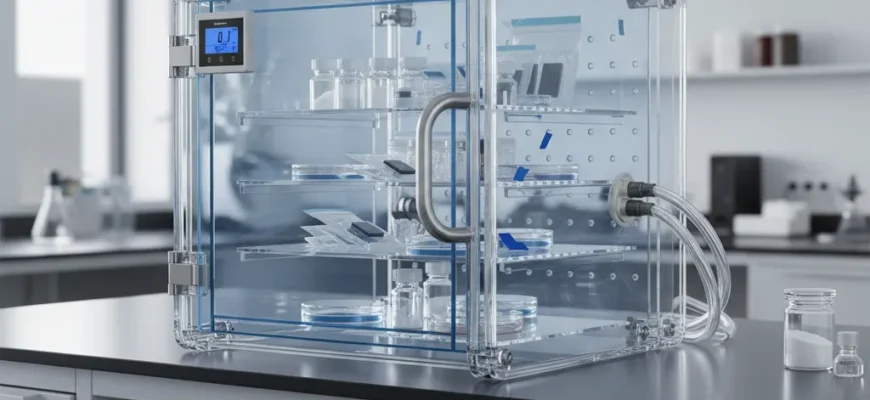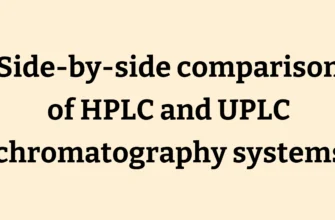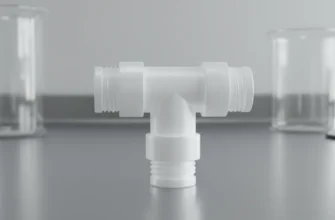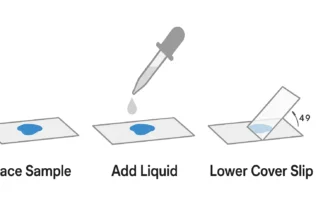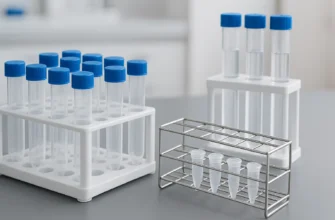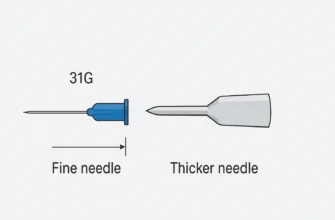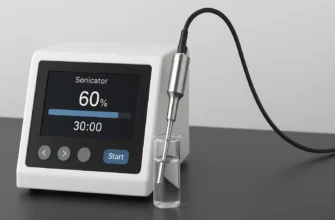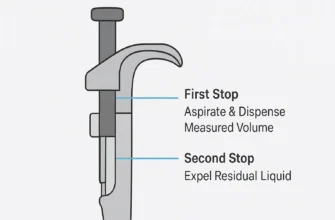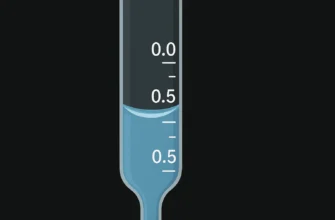Essential Features of a Vacuum Desiccator Cabinet
A properly designed vacuum desiccator cabinet offers an ultra-dry, contamination-free environment to protect moisture-sensitive materials. By combining airtight sealing, vacuum extraction, and effective desiccants, these cabinets preserve sample integrity for analytical testing, long-term storage, and precision applications.
How Vacuum Desiccator Cabinets Work
A vacuum desiccator cabinet actively removes air and moisture via a vacuum pump, creating a low-pressure chamber. Any residual water vapor is then absorbed by a desiccant—most commonly silica gel—further reducing relative humidity. For the strictest moisture control, inert-gas purging (e.g., dry nitrogen) displaces remaining air and prevents oxidation.
Key Benefits
Superior Moisture Control: Vacuum extraction eliminates the bulk of moisture, while desiccants trap stray water molecules, achieving humidity levels well below what passive desiccators can reach.
Contamination Prevention: The sealed environment blocks airborne particulates, dust, and vapors, ensuring sample purity.
Long-Term Stability: Consistent low humidity prevents degradation of hygroscopic chemicals, biological specimens, and sensitive electronics over months or years.
Operational Peace of Mind: High-quality cabinets with robust seals maintain vacuum pressure without frequent re-pumping.
Core Applications
-
Hygroscopic Chemicals & Reagents: Prevents clumping, dissolution, or altered reactivity of salts and powders.
-
Analytical Standards & References: Preserves purity for accurate measurements.
-
Electronics & Optics: Protects semiconductor wafers, microchips, and coated lenses from moisture-induced damage.
-
Biological Samples: Keeps DNA, seeds, and slides free of humidity and microbial growth.
Selecting the Right Cabinet
Material: Acrylic vs. Polycarbonate
| Feature | Polycarbonate | Acrylic |
|---|---|---|
| Impact Resistance | High; shatter- and implosion-proof | Moderate; prone to cracking |
| Vacuum Capability | Excellent for high vacuum use | Good, but lower pressure limits |
| Chemical Resistance | Broad compatibility | Sensitive to some solvents |
| Transparency | Clear and durable | Very clear but less robust |
Size, Capacity & Shelving
Choose capacity based on sample volume and dimensions. Mini cabinets suit benchtop use, while large-capacity models handle bulk storage. Look for adjustable, perforated shelves that support adequate weight and facilitate uniform gas circulation.
Accessories & Features
-
Vacuum Gauges & Valves: Analog or digital gauges to monitor pressure; high-quality stopcocks to ensure leak-free control.
-
Gas Purge Ports: Enable inert-gas backfilling for oxygen- and moisture-sensitive applications.
-
Safety Shields: Recommended for glass-based models to protect against implosion.
Best Practices & Maintenance
Installation & Initial Setup
-
Inspect all components for damage.
-
Clean with mild detergent; avoid harsh solvents on plastic parts.
-
Install desiccant (e.g., silica gel beads) in designated trays.
-
Verify gasket integrity; seat it evenly in the door groove.
-
Connect vacuum pump; evacuate slowly to target pressure (e.g., 29 in.-Hg), then isolate and monitor for leaks.
Routine Care
-
Gasket Inspection: Check for cracks or debris; clean and lightly grease with vacuum grease if recommended.
-
Desiccant Regeneration: Heat indicating silica gel at 100–150 °C until color reverts to original state.
-
Leak Troubleshooting: If vacuum loss occurs, inspect seals, stopcock, and tubing; replace damaged parts promptly.
-
Safe Operation: Always cool hot samples to room temperature before evacuation to prevent seal damage.
Safety Precautions
-
Wear appropriate PPE (gloves, goggles); consult SDS for stored chemicals.
-
Do not expose plastic cabinets to strong solvents unless specified.
-
Release vacuum slowly via the stopcock to avoid sudden pressure changes.
-
Shield glass desiccators during operation to guard against implosion.
Conclusion
Vacuum desiccator cabinets are indispensable for laboratories requiring rigorous moisture and contamination control. By understanding material choices, size requirements, and maintenance protocols, you can select and operate a cabinet that ensures the long-term integrity of your most sensitive samples. Proper installation, regular inspection, and adherence to safety guidelines will maximize performance and longevity, making your desiccator a dependable workhorse for any precision application.

